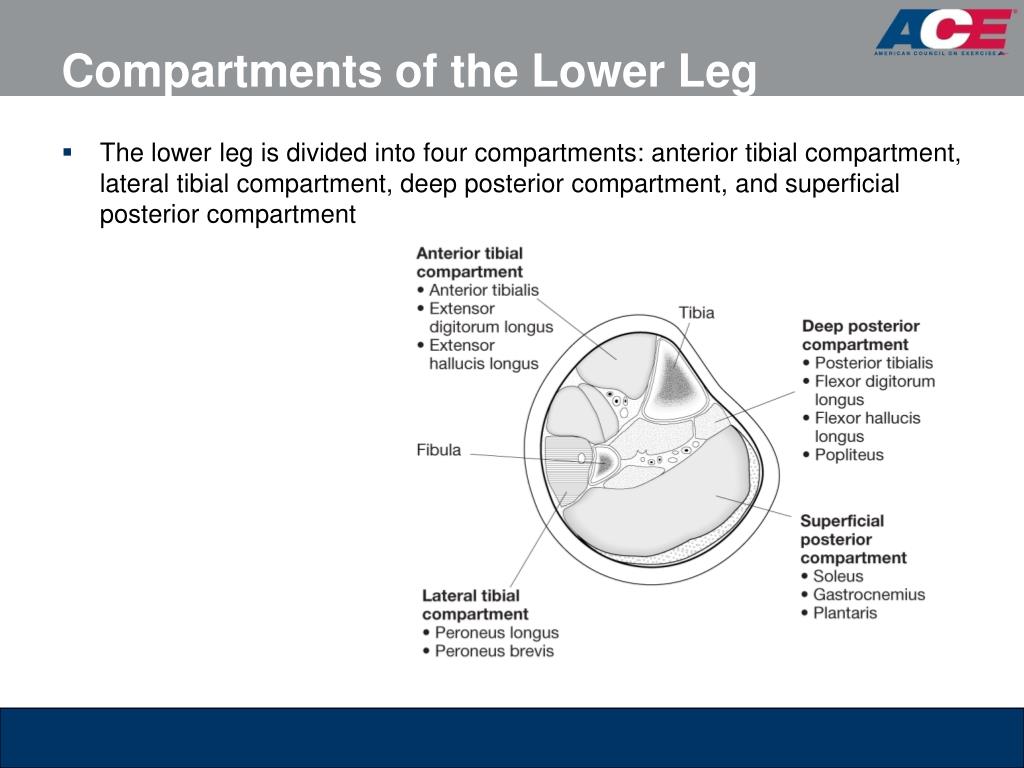

Repeat pressure test: For exertional compartment syndrome, the test gets repeated after you exercise.The healthcare provider may insert the needle in several different places. A machine attached to the needle will give the pressure reading. The provider will insert a needle into the muscle. Compartment pressure measurement test: If the provider suspects compartment syndrome, you’ll need a test to measure the pressure.X-ray: The healthcare provider may ask for an X-ray to see if you have a fracture.


For example, the provider will check your tendons for tendinitis and your shins for shin splints. Physical exam: The healthcare provider will look for signs you might have something else.If you think you have exertional compartment syndrome, call your healthcare provider.Ī healthcare provider will do a few things to diagnose compartment syndrome: It’s a medical emergency that needs treatment. If you think you have acute compartment syndrome, go to an emergency room right away. Tingling or burning sensation in or under your skin, called paresthesias.Severe pain when you stretch the muscle.Muscle pain that is stronger than you’d expect from the injury.Feeling like the muscle is fuller, swollen or somehow larger than normal.Bulging or visible swelling of the muscle.The symptoms of compartment syndrome can include: What are the symptoms of compartment syndrome? Sports with very repetitive movements pose a particular risk. What types of activities can cause exertional compartment syndrome?Ĭhronic compartment syndrome can happen when a person overtrains (exercises too much). Other causes include casts or large bandages that are too tight and worn for a while. Sudden return of blood flow after something blocks circulation, such as surgery or loss of consciousness.Īnabolic steroids can also cause compartment syndrome by increasing muscle size too quickly.Crush injury, such as when something falls on you.What types of injuries can cause compartment syndrome?Įxamples of injuries that can cause compartment syndrome include: These complications can also threaten your life. The tissues can die, leading to permanent damage to the area. If the pressure gets too high, the tissues can’t get enough blood, which contains oxygen and nutrients. Healthcare providers call this compartmental pressure. The fascia won’t expand to make room, so the swelling or bleeding puts pressure on the nerves and muscles. What causes compartment syndrome?Ī serious injury or too much physical exertion can cause swelling or bleeding in a compartment. But the fascia isn’t meant to stretch or expand much. A thin but firm membrane (covering) called a fascia lies over each compartment. A compartment is a group of muscles, nerves and blood vessels.


 0 kommentar(er)
0 kommentar(er)
